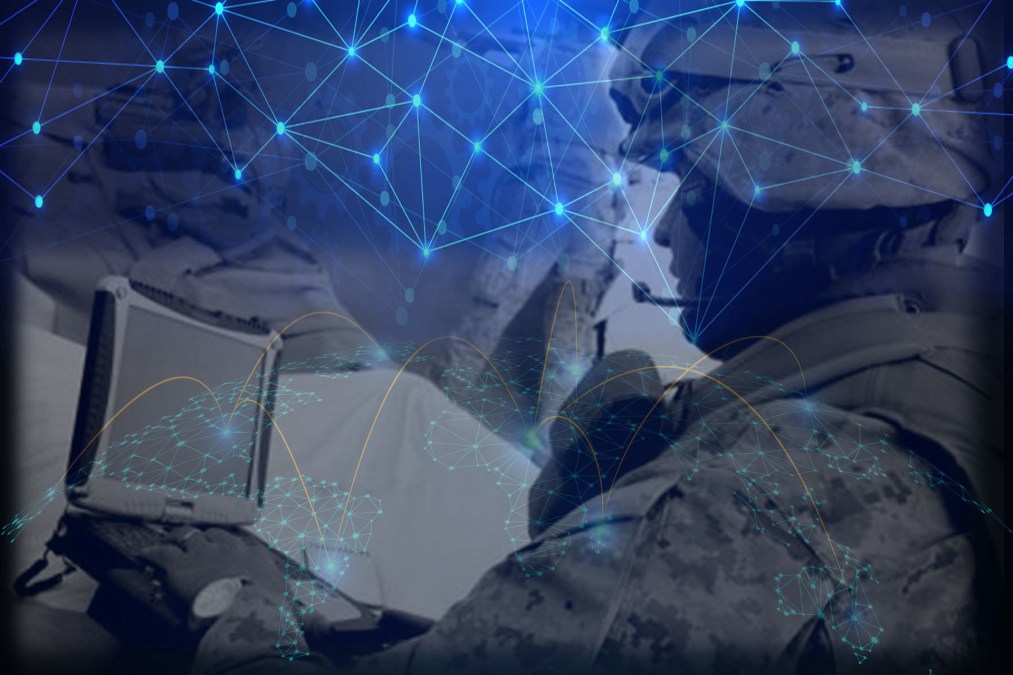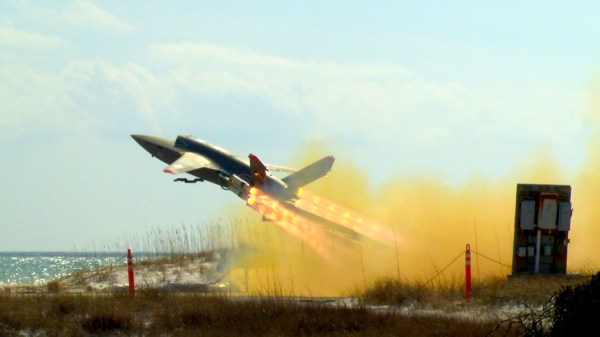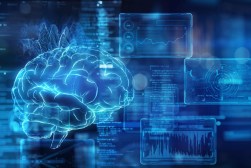The few, the proud, the chatbots: Marines seek new AI tools for geospatial intelligence

Marine Corps Systems Command is looking for chatbots to support a key intelligence initiative, according to a sources sought notice published this week.
The search comes as the service is preparing to refresh technology for the Distributed Common Ground/Surface System-Marine Corps Geospatial Intelligence program.
The DCGS-MC GEOINT platform is a secure, multi-level, integrated, tactical data system that provides Marine analysts with the capability to task, collect, process, analyze, exploit, produce, store, disseminate and expose geospatial intelligence data and products, according to a request for information released Aug. 8 on Sam.gov.
The tech “provides georeferenced data and products that establish the GEOINT foundation for battlespace visualization and a common frame of reference to support the commander’s decision-making process. It enables the ability to rapidly respond to, or predict, threats around the world by providing near real time geospatially referenced data and products supporting the full spectrum of Marine Air-Ground Task Force (MAGTF), joint, and multinational partners operations,” per the RFI.
As it looks to upgrade the system’s capabilities, the Corps is pinging vendors to find out what solutions are available for “an artificial intelligence chatbot capability to receive, parse, and output information pertaining to Marine Corps geospatial processes, requirements, and workflows through natural language processing.”
The chatbots must be operable on all the service’s network domains, the RFI noted.
The due date for industry to submit white papers is Aug. 29. Vendor demonstrations are expected to be held in late fiscal 2023 or the first quarter of fiscal 2024, which begins Oct. 1.
After the demos, promising tech may undergo further evaluation “in a controlled lab environment and then put into the hands of Marines for testing in field conditions by establishing Bailment Agreement(s). Lab and field evaluation results will inform requirements development, integration/system development, and may ultimately lead to the fielding of systems in support of a more combat-effective fighting force,” per the RFI.
The Marine Corps isn’t the only Department of Defense component interested in generative artificial intelligence, which can create content such as text, audio, code, images, videos and other types of media, based on prompts and data inputs.
The Pentagon launched Task Force Lima on Thursday focused on understanding how the DOD can effectively and responsibly leverage generative AI tools such as large language models. The new organization will be led by the Chief Digital and AI Office’s (CDAO) Algorithmic Warfare Directorate.
The task force will identify ongoing efforts related to generative AI at the department; analyze potential mission areas, workflows and use cases for the technology; support the development of and oversee the integration of capabilities throughout the DOD; and perform other tasks.
Intelligence agencies such as the CIA are also looking into how these types of technologies could help them with their missions.






